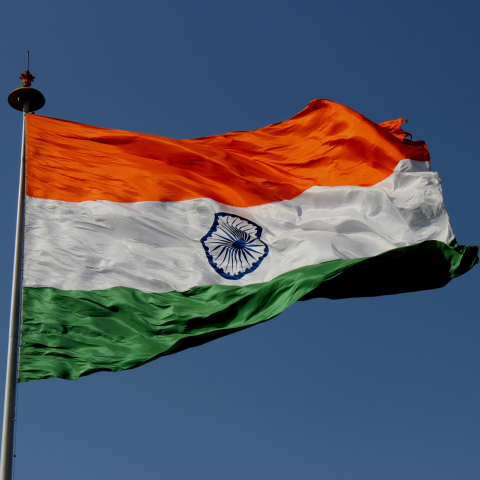India, a land of vibrant colors, ancient traditions, and bustling metropolises, has emerged as a major player on the world stage in the 21st century. This vast nation, with its rich history, diverse population, and burgeoning economy, is undergoing a period of remarkable transformation. This article delves into the defining characteristics of India in the 21st century, exploring its economic, social changes, political landscape, and its growing influence in global affairs.
India's economic story in the 21st century is one of remarkable growth. From a largely agrarian economy, India has transformed into a global hub for information technology, services, and manufacturing. Key factors driving this growth include:
- Liberalization and Privatization: The economic reforms initiated in the 1990s, liberalizing trade and investment, unleashed India's entrepreneurial spirit and paved the way for foreign investment.
- IT Boom: India's skilled workforce and robust IT infrastructure have positioned it as a major player in the global information technology sector. From software development to back-office operations, Indian companies are powering the digital world.
- Manufacturing Powerhouse: India is rapidly establishing itself as a manufacturing powerhouse. Low labor costs and a growing domestic market are attracting global corporations to set up manufacturing bases in India.
- Rise of the Middle Class: Economic growth has fueled the rise of a sizeable and aspirational middle class. This growing consumer base is driving domestic demand and creating new opportunities for businesses.
However, India's economic journey is not without its challenges. Issues like poverty, income inequality, and infrastructure bottlenecks continue to pose hurdles. Despite these challenges, India's economic potential is undeniable. As the nation addresses its social and infrastructural gaps, it is poised to become a major economic force in the coming decades.
India's social fabric is undergoing a complex metamorphosis in the 21st century. Here are some key trends shaping Indian society:
- Education Revolution: The literacy rate in India has been steadily increasing, with a growing emphasis on education, particularly for girls. This educated youth is driving social change and economic progress.
- Urbanization: India is witnessing rapid urbanization, with people migrating from rural areas to cities in search of better opportunities. This urbanization is leading to the rise of mega-cities and a changing social landscape.
- Women's Empowerment: Women in India are increasingly playing a more prominent role in society. Greater access to education and employment opportunities is empowering women to challenge traditional gender roles and contribute meaningfully to the nation's development.
- Digital Revolution: The digital revolution is transforming communication and access to information in India. Social media platforms are fostering social change movements and giving voice to marginalized communities.
Despite these positive changes, India still grapples with social issues like caste discrimination, child marriage, and religious tensions. However, the growing awareness and activism of civil society groups offer hope for a more inclusive and equitable future.
India's democracy, the world's largest, is a work in progress in the 21st century. Here's a look at some key aspects of its evolving political landscape:
- Rise of Regional Parties: National politics in India is no longer dominated by a single party. Regional parties with strong local support are playing a more prominent role, reflecting India's diverse population and political aspirations.
- Focus on Development: Economic development and social welfare are key issues driving political discourse in India. Voters are increasingly holding politicians accountable for delivering on their promises of growth and poverty alleviation.
- Challenges to Democracy: Freedom of speech, religious tolerance, and the erosion of secular values are some of the challenges facing Indian democracy in the 21st century. Balancing national security concerns with individual liberties remains a delicate act.
India's democratic journey is far from over. However, its vibrant political discourse, active civil society, and independent judiciary offer hope for a future where democracy continues to thrive.
India's growing economic and military might has positioned it as a key player in global affairs:
- Strategic Partnerships: India is forging strategic partnerships with other major powers, including the United States, Japan, and Australia, to counterbalance China's growing influence in the region.
- Nuclear Power: India is a nuclear-armed nation and a key player in discussions on global non-proliferation and disarmament.
- Climate Change Leadership: As one of the world's most populous nations, India is taking a leadership role in addressing climate change. It is investing in renewable energy sources and promoting sustainable development practices.
- Soft Power: India's rich cultural heritage, from Bollywood films to yoga, is gaining global popularity, projecting a soft power that fosters cultural exchange and understanding.
India's rise as a global power presents both opportunities and challenges. The nation has the potential to be a major force for good in the world, promoting peace, security, and sustainable development. However, managing its internal social and economic disparities will be crucial to ensuring its stability and positive influence on the global stage.
Tags:
Encyclopedia

